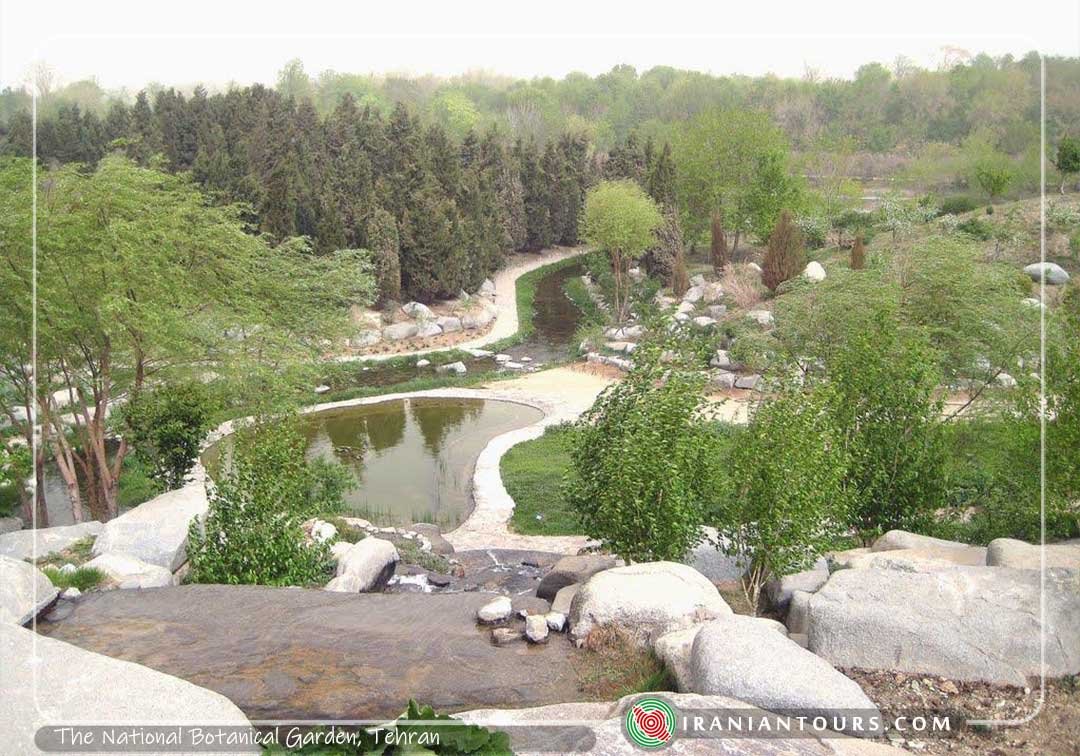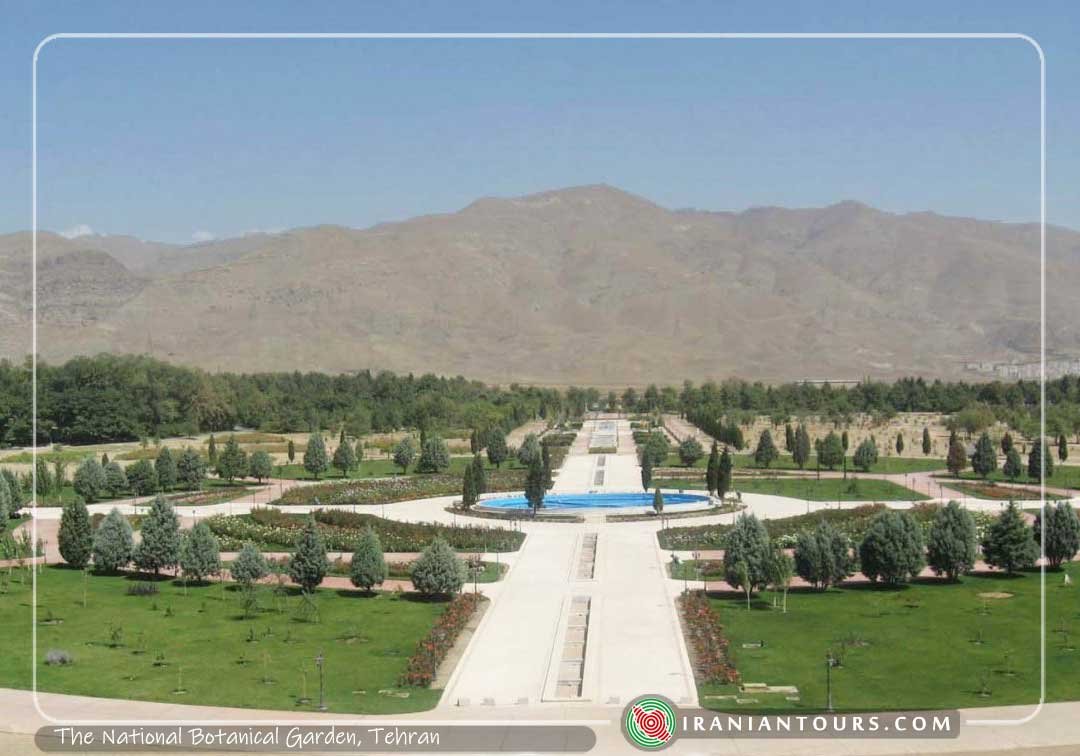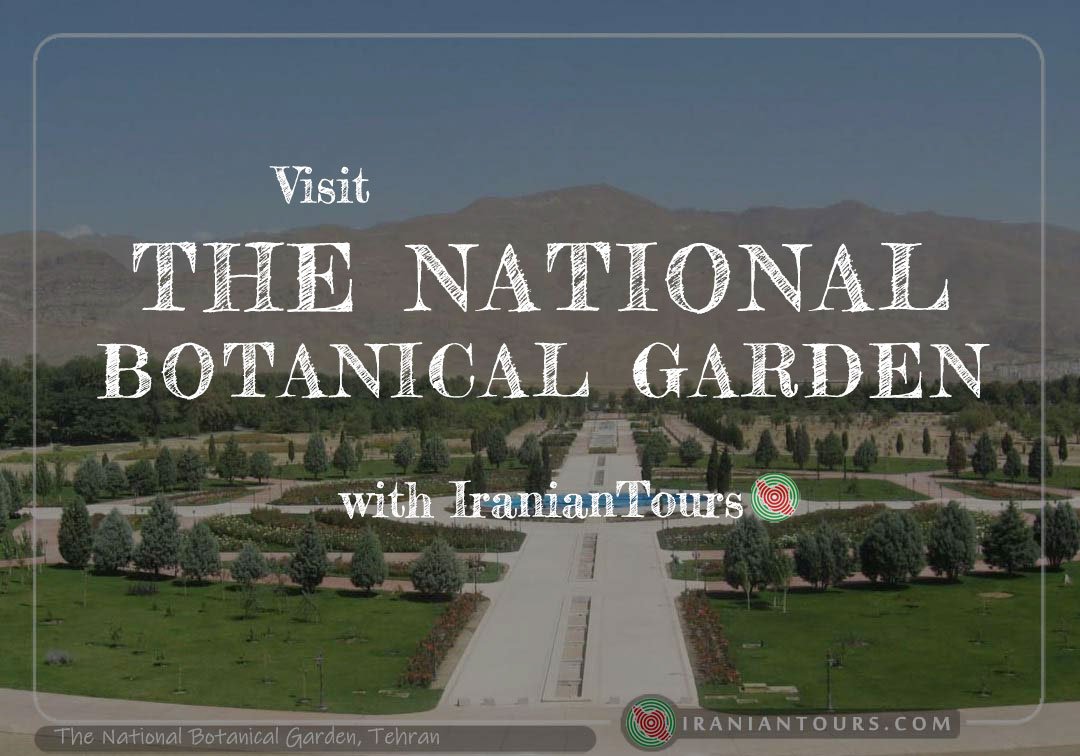The National Botanical Garden
National Botanical Garden of Iran holds a group of local plants and trees of Iran as well as exotic ones, which makes its collection quit valuable. The garden is located close to Tehran, along the Tehran – Karaj freeway.
One of the objectives of this scientific and entertaining complex, which has a very profound role in different research fields including botany and gardening, is educating people and introducing to them the science of botany, the importance of the plants, and the necessity of protecting them. National Botanical Garden of Iran is used as a genetic storage facility for the plants that are in danger of going distinct.
National Botanical Garden of Iran is very vast as it covers an area as big as one hundred and forty-five hectares. It is located in the southern foothills of the Alborz Markazi Mountains in the land of Chitgar Park, northwest of Tehran. Each one of the different parts of the garden shows a natural view of three mountains of Zagros, Alborz, and Himalaya. There are six lakes, two rivers and two waterfalls in the garden. The water of the waterfall runs through synthetic rocks towards the down.
Among the designed spaces in the National Botanical Garden of Iran are seven habitats of Iran and six global habitats. Iranian habitats are Hirakani, Zagros, Southern Alborz, Irani Va Turani, South Iran Greenhouse, Persian Onion Gardens, and Local Fruit Gardens. The global habitats are Europe, Meadows of America, Caucasus, Himalayas, China, and Japan.
In addition to the habitats, eight collections and one private garden is included in this complex. Systematic Garden, Medical and Synthetic Herbs Garden, Rocks and Decorative Plants Garden, Central Square of Rose Garden, and Iranian Chaharbagh and evergreen Broad Leaves Plants Garden are some of them. It should not be left out that modern and specialized greenhouses provide the plants needed to be included in the collection of the garden.





